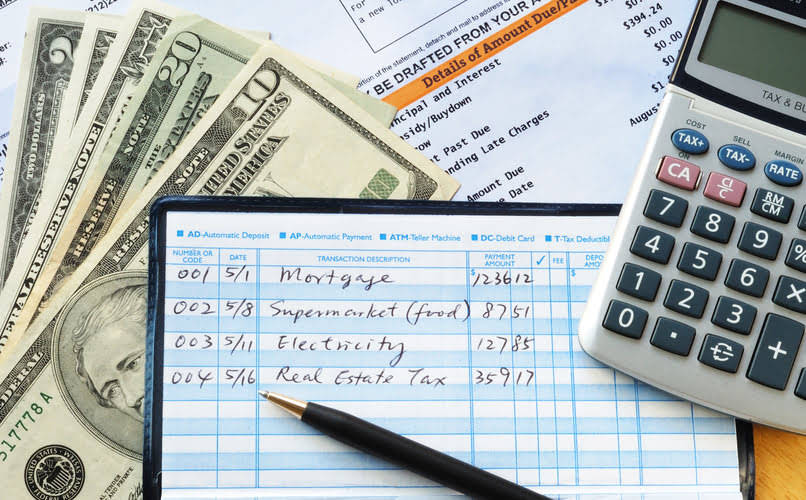General ledger reconciliation template + tips on how to use it
General ledger reconciliation template + tips on how to use it
By regularly performing these reconciliations, businesses can ensure that their financial data remains reliable, audit-ready, and aligned with overall business goals. Despite even the most thorough procedures, errors in general ledger reconciliation can still occur. Understanding these common mistakes can help you avoid them and maintain accurate financial records. In practice, teams reconcile their general ledger (GL) by performing account reconciliation on the accounts listed across the ledger. A team will rarely reconcile every GL account, instead choosing to focus on key accounts like those that might show up on a balance sheet or P&L statement.
Sections
Minimize Errors and Improve Accuracy
Pay attention to details such as dates, amounts, descriptions, and account numbers. Collect all relevant financial documents, including bank statements, invoices, receipts, and internal accounting records for the period being reconciled. Look into accounting software with built-in bank reconciliation and general ledger reconciliation tools to increase efficiency. Automating matching transactions and generating reports saves significant time over manual methods. Reconciliation is done by comparing general ledger numbers with external records like bank statements, credit card bills, and vendor statements. This process offers many advantages, such as pinpointing mistakes or fraud, enhancing cash flow management, facilitating audit activities, and improving decision-making based on dependable data.
Step 2: Gather Necessary Details from Transaction Sources
Different accounts within your ledger may require general ledger reconciliation distinct reconciliation methods to ensure financial accuracy and compliance. It’s important to scrutinize each discrepancy carefully to determine whether you should make adjustments. Correcting these differences ensures your ledger reflects the most accurate financial position.
Recapitulating the Essentials of General Ledger Reconciliation
- If you must revisit transactions from this month, having records makes the process much more manageable.
- Fixed assets reconciliation ensures that the balances of fixed asset accounts in your general ledger match the actual value of fixed assets owned by your business.
- At every stage of a business, financial discipline plays a pivotal role in scripting the success story.
- The first step is to collect all relevant supporting documents corresponding to your general ledger transactions.
- Ensure all your financial data has been entered into your general ledger through the financial close.
If your business unit is implicitly mapped to theprimary balancing segment value in the chart of accounts, Bookkeeping for Veterinarians you canrun the report to reconcile by either business unit or ledger. The Receivables to General Ledger Reconciliationreport only reconciles accounts receivable for accrual basis accounting,and only reconciles accounting in the primary ledgers. For example, banks have limited business hours, and some transactions — such as transfers — take at least a day to clear. When entering the transactions in the company’s books it is record immediately; however, the bank will not record it until they receive it.
- Well-trained staff can perform reconciliations more effectively, reduce errors, and adapt to changing regulatory requirements.
- These kinds of errors not only throw off account balances but also require adjusting entries to be made across multiple accounts in the GL.
- This is performed by accountants and finance professionals and involves a deep analysis of the data found in the general ledger.
- And consider using software to automate parts of the process, especially if you have a high volume of transactions.
- Catching discrepancies early prevents small issues from becoming big problems.
• Confidently report financial results, knowing that their data is reliable and supported by thorough reconciliations. In all cases the intentis to close the credit memo, so both the original credit memo andthe activity against it are displayed. The data found in the general ledger is what accounting professionals use to create such official reports. For example, if you are reconciling your depreciation accounts with your depreciation schedules, you will need to know the ins and outs of your company’s depreciation policy. First and foremost, make sure you review your policies for each account you have.
- Look for opportunities to reduce manual data entry, improve data validation, and automate routine tasks.
- As per the records, there is a discrepancy of over US$ 40,000 (shown in RED) between ‘invoice raised’ and the actual entries in the accounts.
- Regular general ledger reconciliations are key for maintaining accurate financial records.
- General ledger reconciliation is a key accounting process that involves verifying that the balances in your general ledger are accurate and match external documents and workpapers.
- To make sure the general ledger is reconciled, it is necessary to document and classify all transactions properly.
- General ledger reconciliation, on the other hand, encompasses a broader range of accounts, including bank accounts, credit card accounts, accounts receivable, accounts payable, and more.
So, a general ledger is the book that records all the financial transactions conducted during business operations within a specific time period. Today, we use digital general ledgers, either as a standalone spreadsheet, or as part of an enterprise accounting application. By regularly monitoring these metrics, you can gain a clear understanding of your reconciliation process performance and identify areas that need attention. This data-driven approach allows you to make informed decisions and optimize your efforts over time.
Frequently Asked Questions (FAQs) About General Ledger Reconciliations
It contains all the financial information for your business, organized into different accounts like cash, accounts receivable (money owed to you), and accounts payable (money you owe others). Calendar alerts also help schedule regular reconciliations so none are overlooked. Tailorable forms capture all reconciliation steps performed, adjustments made, and notes for later reference.
Errors due to Miscommunication
Strong internal controls help you safeguard against fraud, unauthorized transactions, and financial mismanagement. Regular reconciliations deter errors and fraud, as each transaction must pass through checks and balances before being finalized. Regular reconciliations allow you to catch these errors early, ensuring that they don’t cash flow distort your financial statements or affect critical business decisions. This proactive approach saves you from potential audit flags, penalties, and damaged credibility with stakeholders. For example, a company reviews its cash balance at the end of May in comparison to the bank statement for the same period. Ideally, the balances should be the same, but due to timing and sometimes errors or fraud, the balances don’t match.







